"If you try to please audiences that don't understand your product, you'll lose the audiences that do."
The software-as-a-service (SaaS) industry has exploded in recent years, with companies rushing to adopt cloud-based solutions. But with so many providers targeting the same customers, differentiation is key. Instead of taking a one-size-fits-all approach, smart SaaS marketers tailor their strategies to resonate with specific verticals and buyers. In this post, I'll examine how to refine your marketing to achieve industry-focused success.
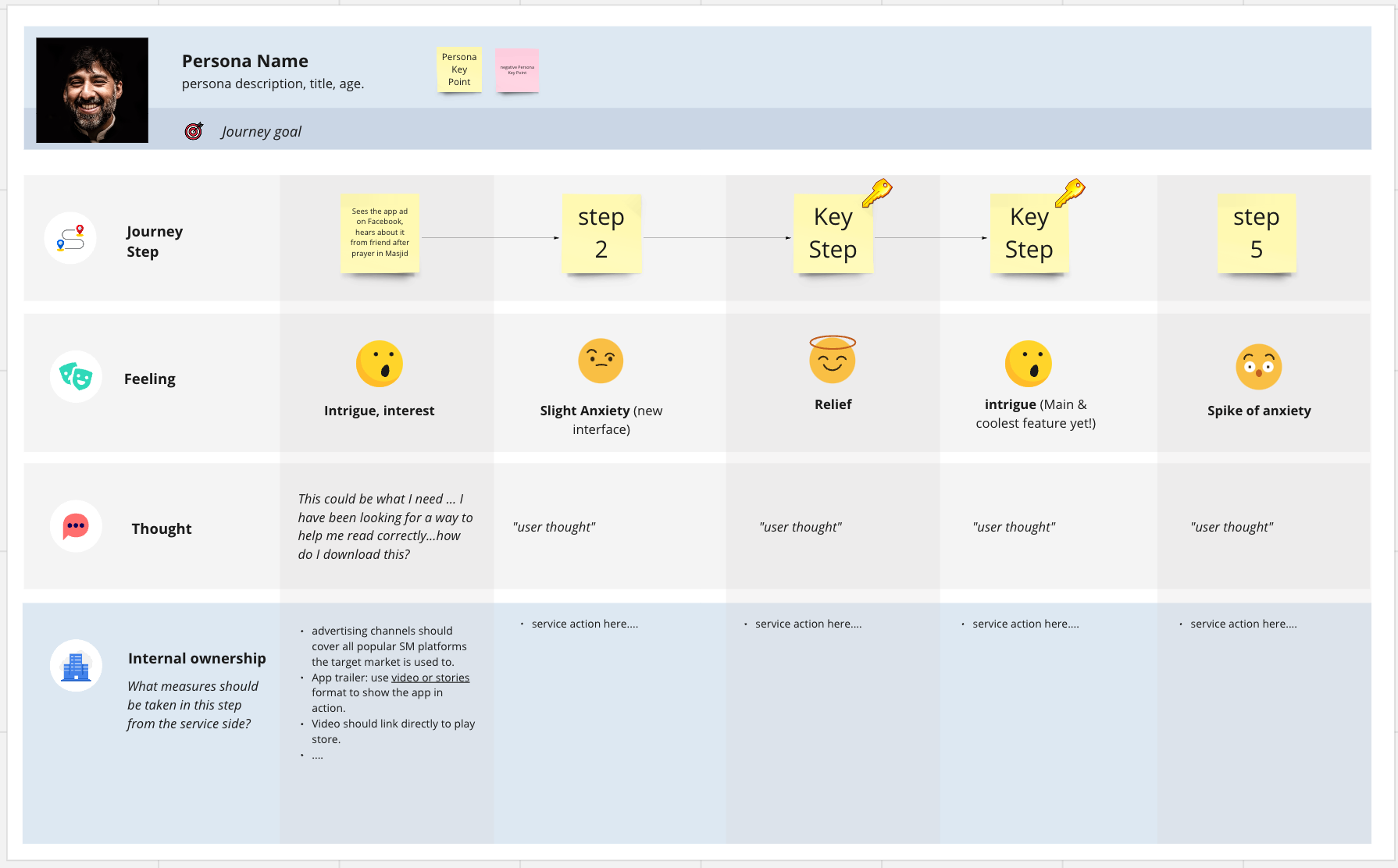
Understanding Your Target Customer
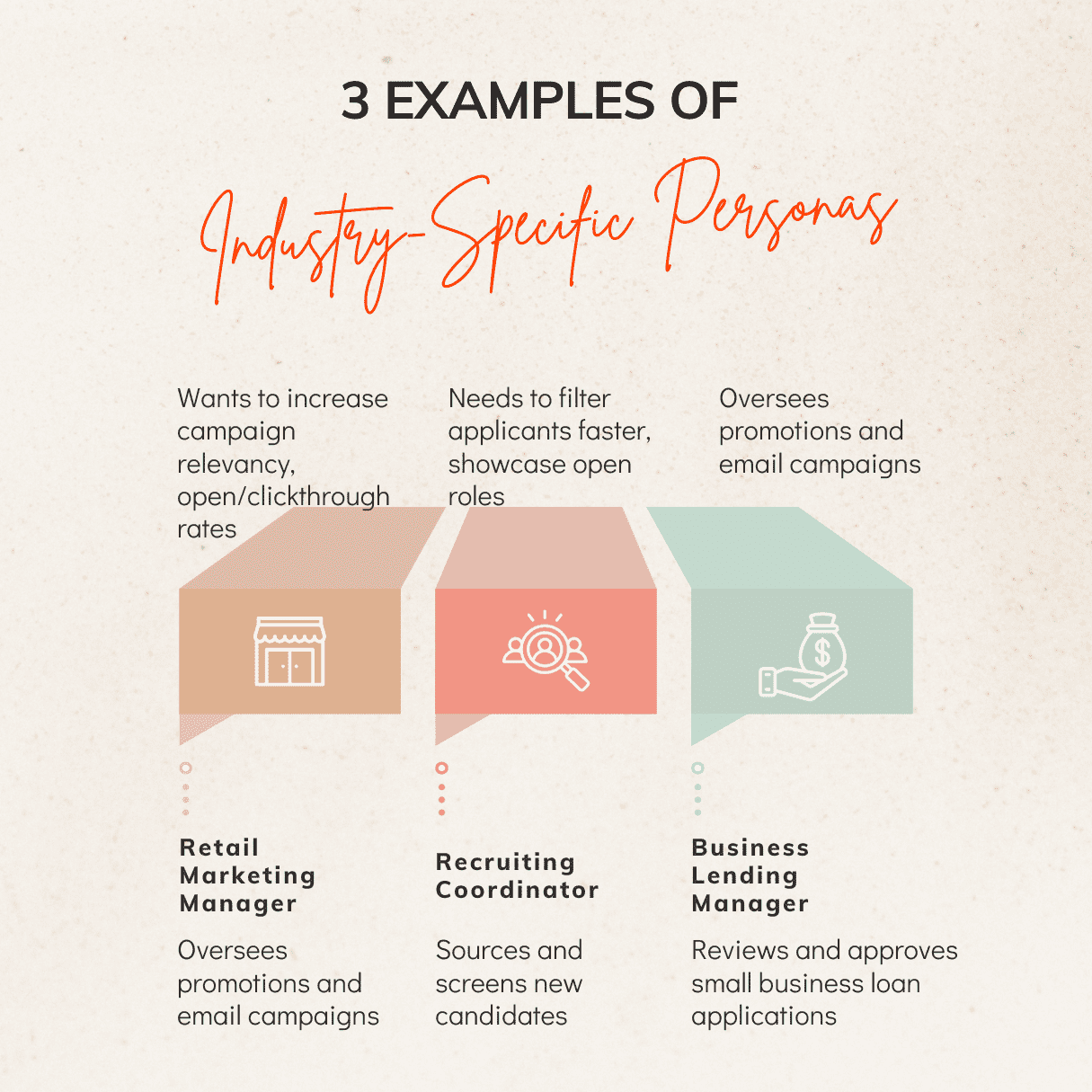
The first step is getting crystal clear on who you're selling to. While your product may solve universal pain points, how those problems manifest—and how your software addresses them—can vary greatly across industries. You need to become an expert on your customers' specific needs.
- What are their day-to-day challenges?
- How do they currently tackle these issues?
- Where are their biggest areas for improvement?
- What would an ideal solution look like?
Armed with this understanding, you can highlight your product's relevance to each market.
For example, a sales engagement platform helps companies automate outreach. But for retail, that may mean segmenting customers for personalized promotions. In recruiting, it entails sourcing and screening candidates at scale. And in finance, it's managing loan applications efficiently. Though the software is fundamentally the same, the messaging should be tailored.
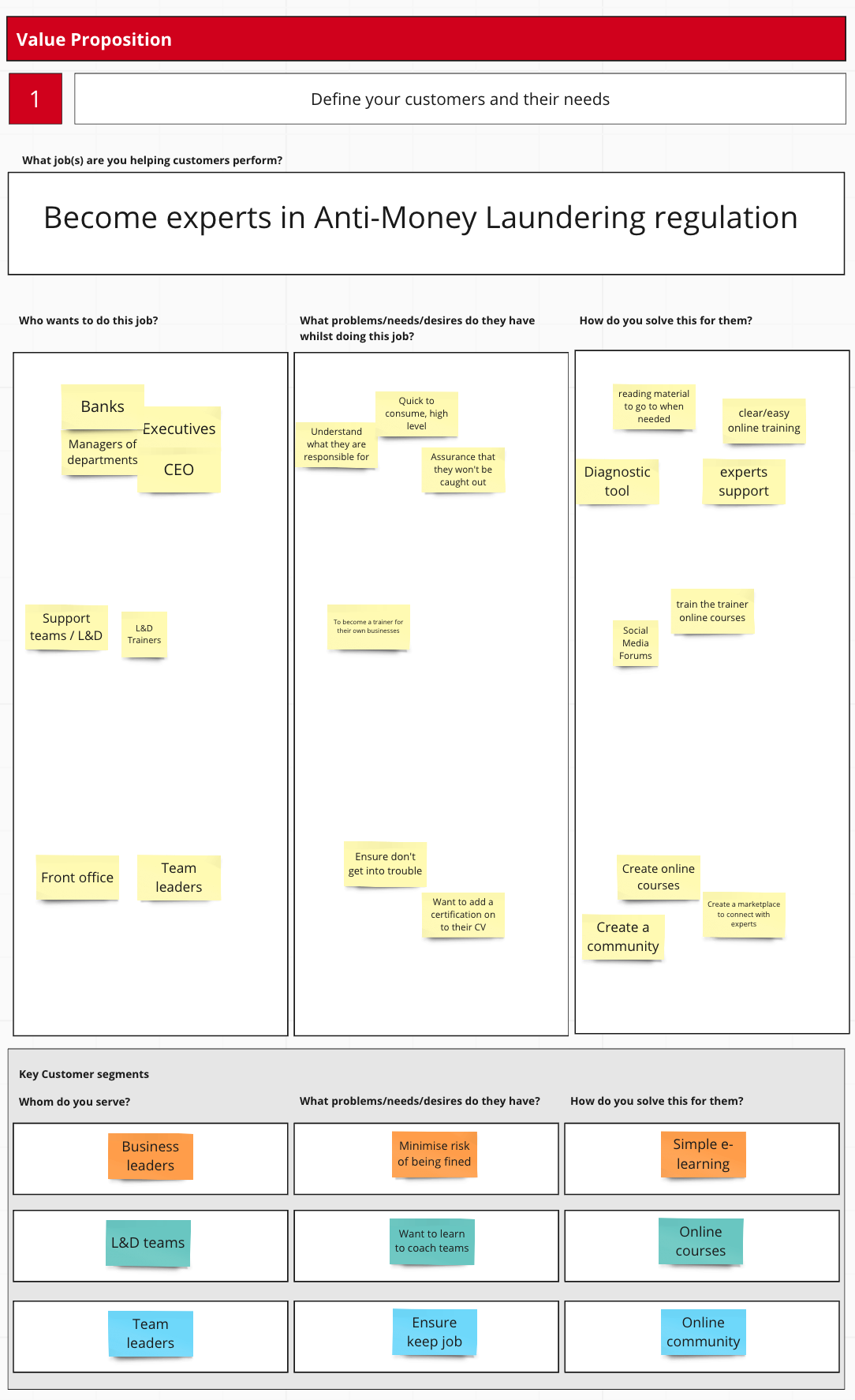
Crafting Targeted Value Propositions
With customer insights, you can develop value props that speak directly to vertical or persona needs. Instead of vague claims like "saves time" or "boosts sales," be specific on how you address their pain points.
| Industry | Customer Pain Point | Tailored Value Proposition |
|---|---|---|
| Retail | Difficulty segmenting customers and personalizing promotions | Enables sending hyper-targeted campaigns based on purchase history, demographics, and behaviors |
| Recruiting | Manual sourcing and screening applicants | Automates candidate outreach and qualification to find ideal hires faster |
| Finance | Tedious processes slowing loan application reviews | Streamlines collecting, processing, and approving loans with automated workflows |
This level of specialization demonstrates you grasp customers' environments and what keeps them up at night.
Building Your Reputation
Thought leadership tailored to each sector also helps cement your category expertise. Offering perspectives on industry trends shows you understand crucial issues.
Some ideas for developing vertical-specific content:
- Interview industry practitioners or thought leaders. Ask them to share emerging challenges, key priorities, and advice on navigating the landscape. Feature these Q&As on your blog or in your newsletter.
- Speak at industry conferences and meetups. Choose niche events matching your target customers. Deliver talks on topics important to them. Record and repurpose content.
- Publish eBooks, guides, or templates. Create resources that provide value and demonstrate domain knowledge, like an analytics guide for retail marketers or sourcing templates for recruiters.
- Write for industry publications. Guest post articles with tips and best practices for sector audiences.
- Launch targeted communities. Build online spaces for your personas to connect and discuss relevant issues, challenges, and ideas.
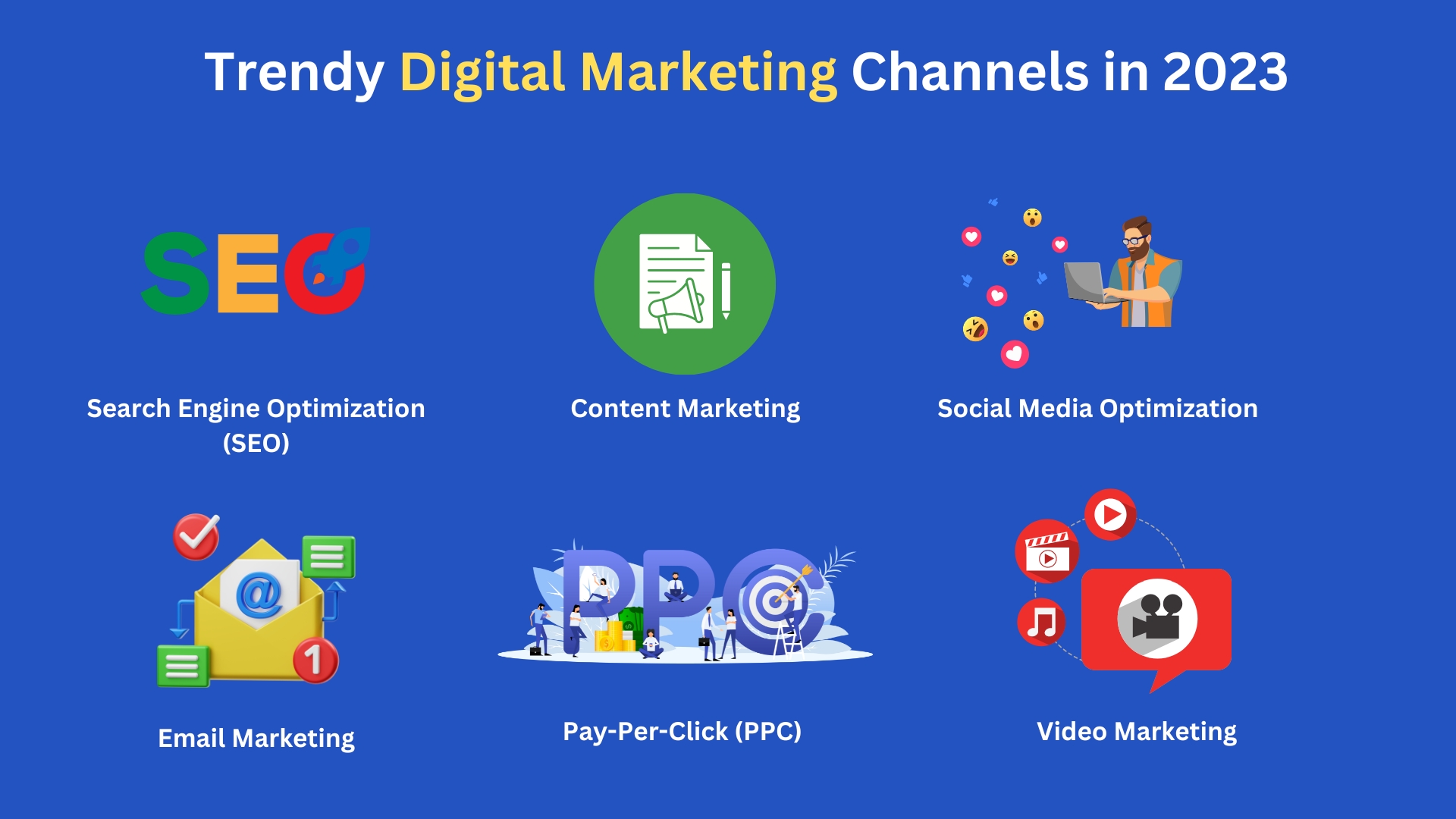
Optimizing Marketing Channels
You should also explore advertising channels popular in each vertical. There are likely industry-specific publications, events, communities, and influencers where your customers congregate. Focusing efforts there gets your messaging and brand in front of the right eyeballs.
A few options tailored to different sectors:
| Industry | Tailored Channels | Tactics |
|---|---|---|
| Retail | RetailWire, Total Retail, Retail Customer Experience | Sponsor and attend events, advertise in publications, work with retail influencers |
| Recruiting | ERE Media, Talent Culture, Rally Recruitment Marketing | Sponsor virtual hiring conferences, distribute gated assets to their communities, partner with recruiting thought leaders |
| Finance | The Financial Brand, Finovate, LendIt Fintech | Exhibit and present at their conferences, run webinars for their audiences, sponsor finance podcasts |
Taking this targeted approach allows you to maximize impact of your marketing efforts and budget.
Crafting Vertical-Specific Collateral
You should also develop sales and marketing materials tailored to industry needs. Generic one-pagers are easily forgotten in the sea of information buyers face. Instead, showcase how you help their business specifically.
Some examples:
- Healthcare: Create a HIPAA compliance datasheet outlining your security and privacy controls.
- Manufacturing: Share case studies of reducing production downtime. Calculate concrete ROI.
- Higher Education: Develop implementation guides addressing their unique IT integrations, compliance standards, and purchasing processes.
- Financial Services: Illustrate solutions for regulatory needs like SEC Cybersecurity Guidelines or GDPR.
Vertical Marketing Campaign Benchmarks
| Tactic | Retail Benchmark | Recruiting Benchmark | Finance Benchmark |
|---|---|---|---|
| Paid Search CPC | $1.85 | $3.15 | $4.20 |
| Pay Per Click CTR | 2.3% | 1.7% | 1.5% |
| Email Open Rates | 18% | 25% | 11% |
| Social Engagement Rate | 1.6% | 1.2% | 0.9% |
This vertical-specific collateral shows you understand and cater to their specialized requirements.
Optimizing Your Website
Your website is a crucial hub for industry-focused content and messaging. Make sure visitors immediately see your relevance to their sector.
Some key elements:
- Industry pages: Create vertical-specific sections with tailored value props, ROI studies, testimonials, and resources. These showcase expertise.
- Targeted CTAs: Calls-to-action should speak directly to each vertical. "Schedule a demo" is generic. "See a retail demo" is specific.
- Optimized for buyer keywords: Include important terminology and phrases buyers use when researching solutions online. This helps surface your pages.
- Robust filtering: Allow visitors to filter content, resources, and case studies by their industry. This helps them quickly find relevant information.
Adjusting Sales Conversations
Your sales process should also align with vertical buyer needs. Prospects want to feel understood. Equip reps with industry knowledge and refine pitches to resonate.
Some tips:
- Leverage industry expertise: Hire sales reps with domain experience when possible. Buyers give more credibility to people who speak their language.
- Research accounts: Before calls, thoroughly explore prospects' websites, blog posts, leadership team, news mentions, job boards, etc. Understand their business.
- Ask good questions: Ask about major initiatives, challenges, metrics, processes, and systems related to their industry. Draw out pain points.
- Lead with vertical insights: Share relevant trends, data, or predictions confronting their market. Demonstrate your grasp of their reality.
- Get specific: Avoid generic claims like "increased productivity" or "faster growth." Quantify benefits using metrics and terminology meaningful to each vertical.
Cheat Sheet - SaaS Marketing Metrics by Industry
Healthcare SaaS Marketing Metrics:
- Leads from healthcare publications and conferences
- Keyword rankings for EHR, HIPAA, patient care, etc.
- Healthcare visitor website engagement
- Customer renewal rates
- Healthcare revenue and growth
Manufacturing SaaS Marketing Metrics:
- Leads from manufacturing trade shows
- Keyword rankings for ERP, supply chain, IoT, etc.
- Visitor engagement for manufacturing pages
- Net retention rate among manufacturing clients
- Manufacturing sales cycle length
Financial Services SaaS Marketing Metrics:
- Leads from financial trade publications and fintech events
- Keyword rankings for wealth management, blockchain, regulatory terms
- Financial services visitor website engagement
- Churn rate of financial customers
- CAC and LTV ratios in financial vertical
Retail SaaS Marketing Metrics:
- Leads from retail conferences and influencers
- Keyword rankings for omnichannel, personalization, loyalty
- Retail website engagement and time on page
- Repeat purchase rate among retail customers
- Retail customer acquisition cost
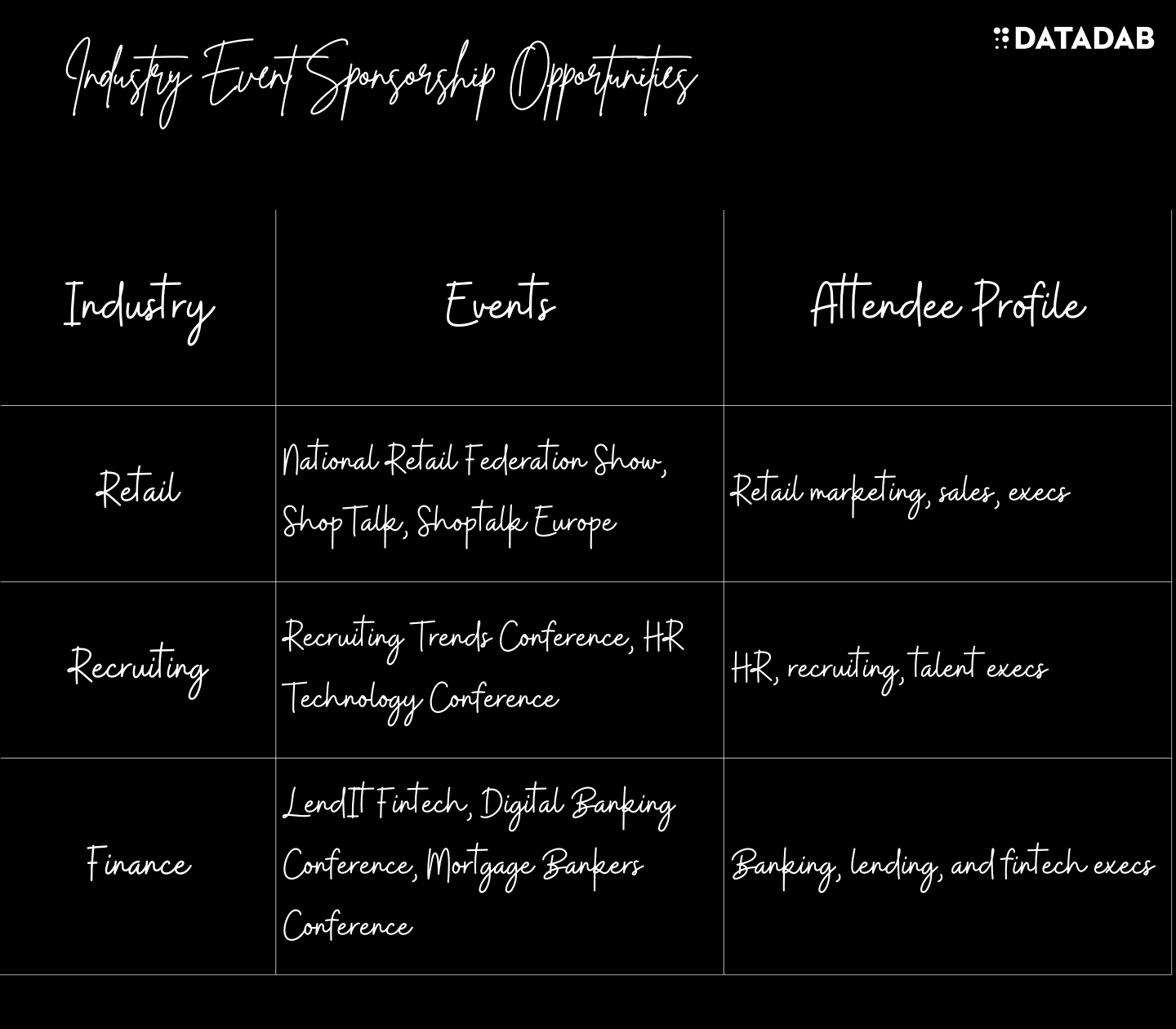
Tracking Industry-Focused KPIs
To gauge vertical strategy effectiveness, define and monitor industry-specific KPIs. General metrics like website traffic, lead volume, and ARR provide useful directional insight but fail to capture performance for each target.
Instead, track:
- Industry web traffic and conversions: See how visitors from your targeted sectors engage with your site and vertical content. Identify popular pages to expand on.
- Industry asset downloads: Monitor which sectors are consuming different collateral like eBooks, templates, and case studies. Double down on content resonating with targets.
- Vertical lead and customer growth: Are you penetrating your chosen markets? Prioritize outreach and marketing to lagging sectors.
- Industry churn and expansion: Assess whether vertical accounts are satisfied long term. Use insights to refine solutions for each.
- Profitability by vertical: Understand if certain industries have higher customer lifetime value. Adjust targets and investments accordingly.
Pro Tip: Install UTM parameters for core vertical marketing channels. This reveals which efforts drive action per industry.
Continuously Optimizing
Like any marketing, vertical-specific efforts require continuous testing and optimization. Treat initial initiatives as small bets and refine based on data and feedback. Some starting points:
- Test targeted ad campaigns on LinkedIn. Measure clickthroughs, cost per lead, and conversion by industry. Expand channels and messages that perform.
- A/B test industry-focused landing pages. See which value props and pages best convert each vertical.
- Ask for customer feedback. Interview vertical users on their experience. Identify gaps to improve.
- Enable sales teams to tag leads. Track the effectiveness of tailored pitches per sector. Learn what resonates.
- Analyze win/loss data. Why did you win/lose? Feed insights into sharpening industry marketing and selling.
The Bottom Line
Today's overcrowded SaaS landscape demands sharp, focused marketing. Avoid diluting efforts across disparate audiences. Instead, become laser-focused on specific verticals and buyer needs. Dedicating resources to master high-value sectors provides the differentiation to stand out and drive real industry success.
FAQ
1. Why is vertical-specific marketing important for SaaS companies?
Vertical marketing is critical for SaaS companies to deeply understand the unique needs, pain points, and priorities within each industry vertical they serve. While a SaaS product may have general capabilities that apply across multiple sectors, how those capabilities get communicated, positioned, and valued will differ for each vertical buyer. Targeted marketing allows SaaS providers to tailor messaging to each industry's specific challenges and terminologies. This results in better resonance with buyers, higher conversion rates, and ultimately faster growth in key strategic markets. Taking a vertical approach signals to prospects you grasp their precise needs versus just selling broadly.
2. How many industry verticals should a SaaS company focus on?
Rather than spreading efforts thinly across every vertical, most SaaS companies select 1-3 priority industry sectors to target and become renowned in. Choosing verticals should be based on:
- Market size: Prioritize larger markets with greater revenue potential. Assess factors like number of target buyers, average deal sizes, and annual spend estimates.
- Competitive landscape: Consider sectors where you can differentiate or establish a niche presence as opposed to crowded or saturated markets.
- Adjacent expansion: Verticals that align with your current customer base allow for natural growth into new segments.
- Domain expertise: Industries your team understands well, often based on previous experience, are easier to market to.
Attempting to penetrate every industry at once results in ineffective, diluted efforts. Devote the time needed to truly understand and craft vertical strategies.
3. What research tactics help understand industry verticals?
Some key tactics for gaining vertical insights:
- Interview customers: Talk to current industry clients about their goals, challenges, processes, and metrics. Listen for pain points.
- Speak with sales teams: Account execs often have intuitive knowledge of prospect needs, objections, and motivations in each industry.
- Attend industry events: Network with practitioners at vertical conferences and tradeshows to learn what keeps them up at night.
- Leverage market research: Tap into analyst data, associations, and publications to find trends, lingo, stats, and insights unique to each vertical.
- Monitor job postings: Job descriptions provide a window into roles, functions, skills, and pains within a sector.
- Google buyers: Searching how target personas search shines light on the language and topics important to them.
- Set up Google Alerts: Receive monitoring on key vertical players, trends, technologies, and developments.
4. What success metrics help track vertical marketing performance?
Relevant vertical KPIs include:
- Targeted website traffic and engagement: Monitor visits, content downloads, time on page, and conversions by industry segment.
- Vertical lead volume: Measure both raw lead count and percentage of pipeline by target sector.
- Deal velocity and sales cycle: Calculate average sales cycle length and win rates within each industry.
- Customer retention: Analyze retention and churn rates for vertical customer cohorts over time.
- Revenue and growth: Assess sales and expansion from vertical accounts. Identify highest LTV markets.
- Profitability: Determine gross margins and LTV by vertical to understand profitability differences.
- Share of wallet: For enterprise accounts, estimate share of budget you capture compared to competitors.
Drill down beyond overall company metrics to understand success by each industry. Course correct underperforming verticals.
5. What are some vertical-specific marketing tactics to consider?
Some vertical marketing approaches include:
- Targeted content assets: Develop ebooks, case studies, demos, and ROI calculators tailored to each sector's needs.
- Industry nurture tracks: Create email nurturing content addressing specific pain points for each vertical. Personalize messaging using dynamic content.
- Paid search campaigns: Build ads optimized with industry terminology people search for. Target landing pages to each vertical.
- Sponsoring niche events: Pick vertical conferences, webinars, and meetups your prospects attend.
- Leveraging industry influencers: Partner with sector experts, analysts, associations, and publications to expand reach.
- Industry demo portals: Create vertical microsites showcasing demos, testimonials, and resources relevant to each market.
- Executive peer groups: Host intimate dinners, golf outings, or think tanks to build connections with industry execs.
6. How should product marketing evolve their positioning for verticals?
Product marketing must transcend generic, one-size-fits-all messaging to address the unique priorities and pain points of each industry. This may involve:
- Industry-specific value prop: Tailor core positioning statements with language that resonates per vertical. Quantify benefits using metrics important to each sector.
- Vertical-aligned messaging: Adapt brand messaging and slogans to align with industry viewpoints. Use their terminology.
- Targeted content: Develop sales enablement materials like presentations, one-pagers, and battlecards with a vertical lens.
- Relevant collateral: Create complimentary ROI studies, analyst reports, customer profiles, and solution briefs tailored to each sector.
- Industry demo portals: Showcase vertical-specific use cases, testimonials, and ROI calculators.
- Executive briefing center: Demonstrate product value via industry newsboards, tailored executive presentations, and vertical user experience.
7. What are examples of impactful vertical marketing?
- ZoomInfo built events, content, and partnerships tailored to tech, healthcare, finance, manufacturing, and retail sectors. Industry-specific messaging and sales approaches drove massive growth.
- Drift created The Customer Experience Leaders podcast highlighting retail, higher education, healthcare, and financial services topics and leaders. Their industry focus fueled 50%+ growth.
- ON24 hosting digital events specific to healthcare, technology, manufacturing, and financial verticals. Targeted lead gen campaigns generate high conversion rates.
- Seismic powers sales enablement in financial services by preloading Battlecards for RFPs and prospects. Contextual guidance enabled rapid expansion in banking.
- DocuSign forged partnerships with vertical trade groups in real estate, healthcare, and financial industries. Targeted co-marketing provided exponential uptake in key markets.
8. How should sales teams evolve their process for verticals?
Sales teams should refine their process to align with vertical buyer journeys:
- Industry expertise: Hire account execs with experience in priority verticals. Offer ongoing training on trends and concepts.
- Research accounts: Develop thorough understanding of prospects' business models, goals, KPIs, challenges before engaging.
- Tailored discovery: Ask questions during initial calls to draw out pains specific to their sector.
- Vertical use cases: Provide client success stories, ROI metrics, and outcomes tailored to each industry during demonstrations and pitches.
- Peer references: Secure advocates from the prospect's same industry to highlight relevance.
- Post-sale value: Build vertical-specific playbooks on driving adoption, engagement, and expansion post-sale.
9. Should website messaging be different for vertical versus buyer persona targeting?
It can be complementary to layer both vertical industry and buyer persona targeting on your website. While personas focus on common goals shared across titles - like a CMO vs. CEO - vertical messaging addresses industry-specific challenges and priorities.
For example, financial services prospects visiting your site may see messaging tied to:
- Their industry - such as regulatory compliance, security, uptime in banking environments
- Their persona - like product insights for CMOs or business impact stats for CEOs
Similarly, a healthcare section could house vertical messaging on clinical workflows, HIPAA compliance, patent safety. Doctors vs. hospital execs could then receive additional persona-based content.
Taking this layered approach allows you to speak both to the universal motivations of buyer profiles as well as the unique context of their industry.
10. What mistakes should SaaS companies avoid with vertical marketing?
Common missteps include:
- Attempting to be all things to all verticals rather than prioritizing 1-3 key sectors.
- Relying on generic messaging instead of vertical-specific value propositions.
- Lacking deep industry insights from internal and external research.
- Producing content, events, and collateral without resonance for each vertical audience.
- Failing to track vertical KPIs to gauge strategy effectiveness.
- Hiring salespeople without industry experience and expertise.
- Forgetting to continually assess performance and refresh vertical approaches over time.
The biggest mistake is trying to broadly sell across every industry rather than winning strategic beachheads through targeted vertical strategies.






